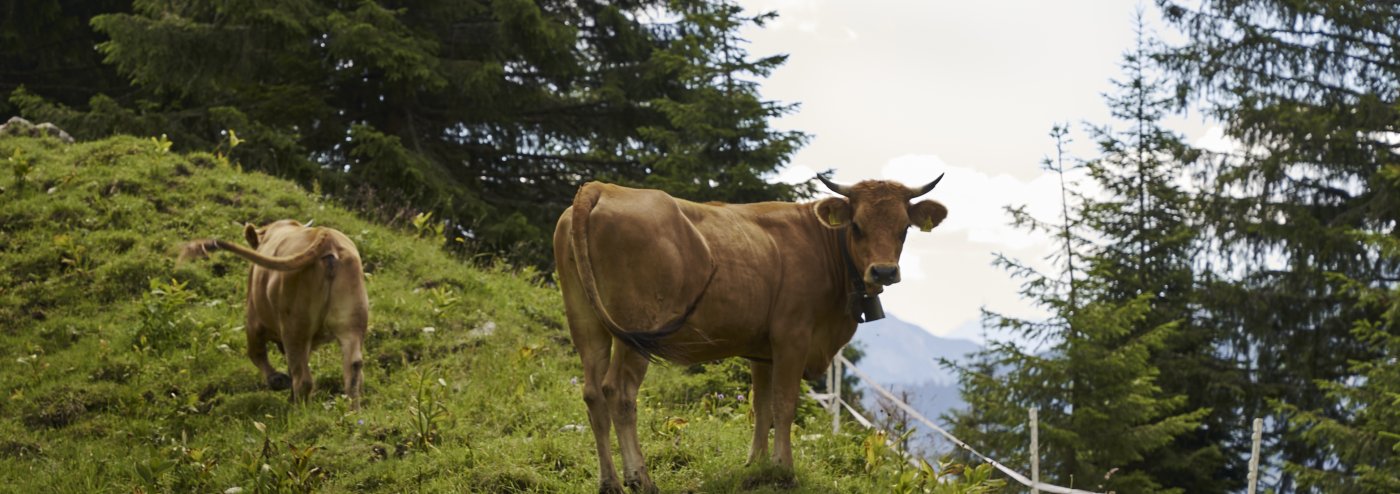
How more sophisticated leaf biomass simulations can increase the realism of modelled animal populations
Team members Jens Krause, Almut Arneth and Peter Anthoni published an article in Ecological Modelling (https://doi.org/10.1016/j.ecolmodel.2022.110061). We investigated the impacts of a complex, process-based DGVM on simulated animal populations.
The Madingley model, a model of multi-trophic functional diversity, was exerted to natural vegetation which was simulated by LPJ-GUESS. The simulations' results were compared to the default Madingley version. We showed that not only the vegetation simulated by LPJ-GUESS is more realistic than the vegetation parameterised by Madingley’s default version - for the first time, we also could reproduce power-law relationships between the ecosystem’s net primary production and both the herbivores’ individual body masses and consumption rate.
Our results are the foundation for further model development and underline that developing process-based model systems is a viable way to assess multi-trophic interconnections between animal populations and the ecosystems vegetation.
This is Jens' forst paper from his Ph.D. research.